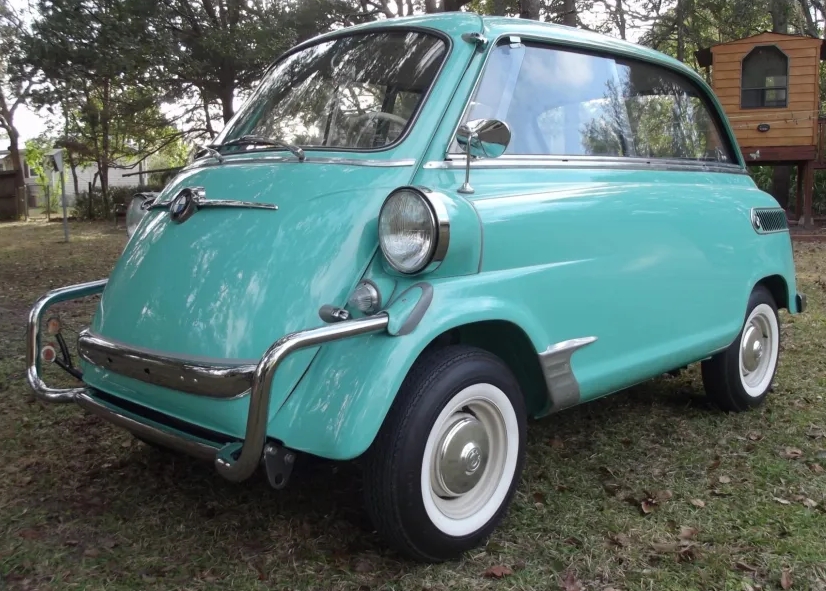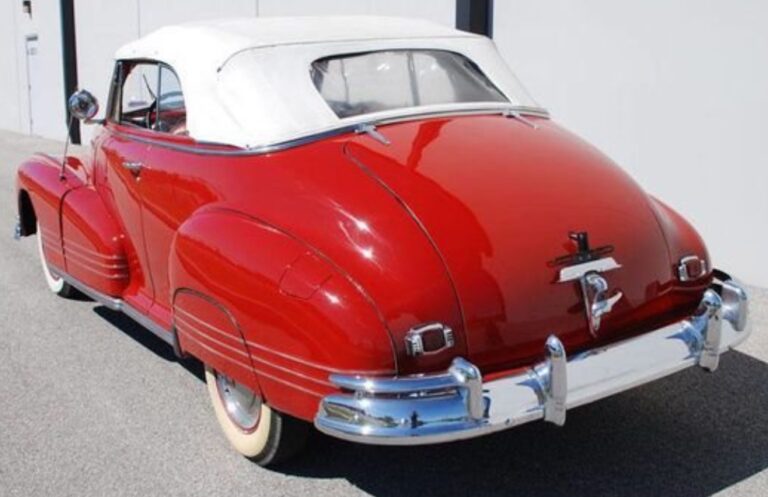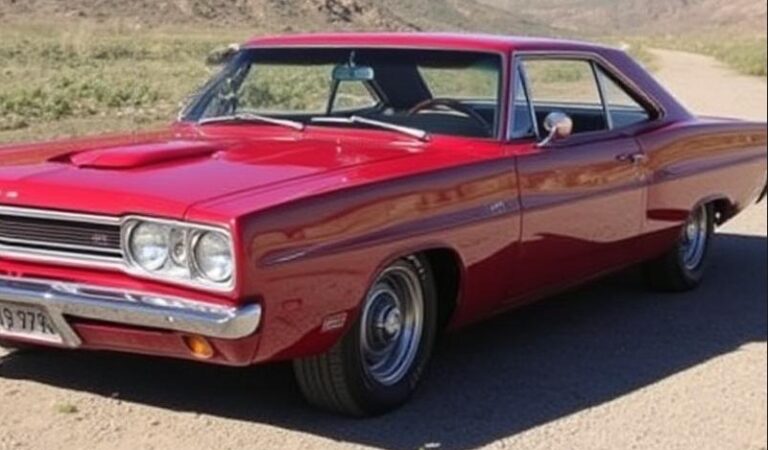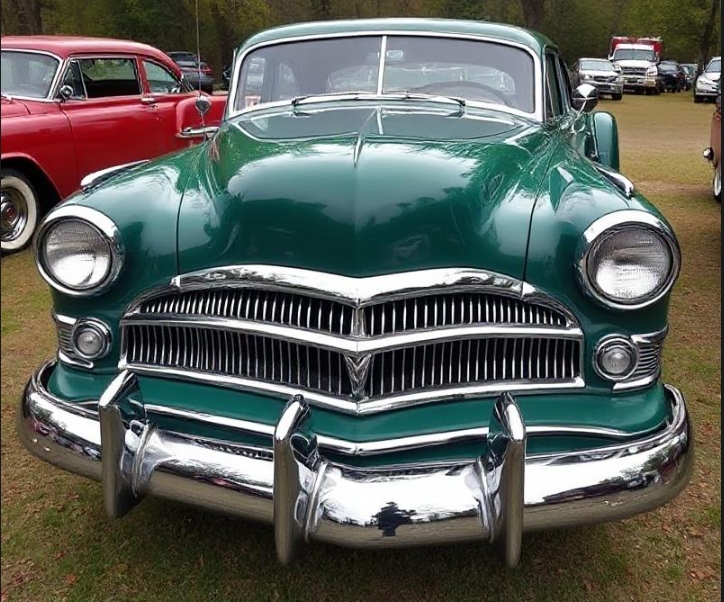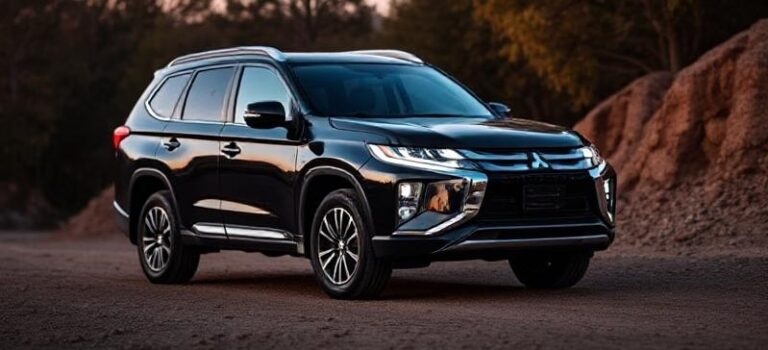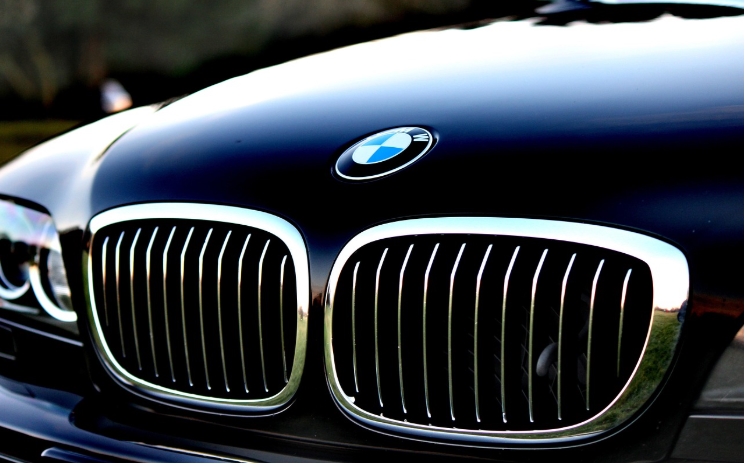The Evolution of the BMW Isetta: A Compact Icon of Automotive Innovation
The BMW Isetta stands as one of the most distinctive and innovative microcars ever produced, symbolizing post-war ingenuity, economical transportation, and unique design. Its journey from a small Italian bubble car to a globally recognized icon spans over two decades, reflecting changes in automotive technology, consumer preferences, and manufacturing strategies.
Origins and Early Development (1952–1954)
Design and Conceptualization
The story of the BMW Isetta begins in Italy in the early 1950s. The microcar was originally designed by the Italian company Iso SpA, founded by engineer and entrepreneur Renzo Rivolta. Rivolta’s concept was to create an affordable, compact vehicle suitable for urban environments and limited driver licenses, which was particularly appealing in post-war Europe.
Initial Model: Iso Isetta
- Production Start: 1953
- Manufactured By: Iso SpA, Italy
- Design Features: The Isetta was characterized by its distinctive egg-shaped body, front-opening door, and small footprint—measuring approximately 7.5 feet in length.
- Engine: 247cc single-cylinder, four-stroke engine producing around 9 horsepower.
- Transmission: Single-speed gearbox, with a rear-wheel drive layout.
- Body and Trim: Primarily offered as a two-seater with minimal trim options; the focus was on economy and simplicity.
BMW’s Acquisition and Localization (1954)
In 1954, BMW acquired the rights to manufacture the Isetta for the German and broader European markets. Recognizing its potential as an affordable city car, BMW started local assembly, making modifications suited to European markets.
The BMW Isetta (1954–1962)
Introduction and Early Models
- First BMW Isetta (1954): The initial BMW Isetta was virtually identical to the Italian Iso model but featured minor modifications, including BMW badging and slight design tweaks.
- Production Years: 1954 to 1962
- Manufacturing Sites: Primarily in Germany, with final assembly and modifications made by BMW.
Design and Features
- Body Styles: Primarily two-door, bubble-shaped microcars.
- Engine: 247cc single-cylinder four-stroke engine, producing approximately 12 horsepower in early models, later upgraded to 12–13 horsepower.
- Transmission: 4-speed manual transmission, unusual for such a small car.
- Dimensions: Length approximately 7.2 feet; width about 4.2 feet.
- Weight: Around 600 pounds, making it highly maneuverable.
Models and Variants
Throughout its production, the BMW Isetta was relatively uniform but evolved through minor updates and trim levels:
- Standard Isetta (1954–1957):
- Basic model with minimal trim.
- Color options primarily in bright hues like red, yellow, and blue.
- Basic interior with simple instrumentation.
- Isetta 300 (1957–1962):
- A significant upgrade to the powertrain, with the engine capacity increased to 298cc, producing about 13 horsepower.
- This model was the most produced version, offering improved performance.
- Introduction of optional features such as a heater, different upholstery, and some chrome accents.
- Isetta 600 (1957–1962):
- While technically a distinct model, the Isetta 600 was based on the Isetta platform but featured a larger, more spacious body.
- Powered by a 598cc twin-cylinder engine producing approximately 19 horsepower.
- It was designed to provide more comfort and practicality but shares the same microcar ethos.
Special Editions and Trim Levels
During this period, BMW also offered various trim levels with optional features, although specific trim naming conventions were limited:
- Standard Trim: Basic black or color-matched body, minimal interior.
- DeLuxe Trim: Included upgraded upholstery, chrome bumpers, and additional interior features.
- Chrome Package: Some models featured extra chrome trim accents for aesthetic appeal.
The End of Production and Legacy (1962)
By the early 1960s, the BMW Isetta’s popularity waned due to several factors:
- Introduction of more modern, larger vehicles.
- Increasing safety and emissions standards.
- The microcar’s limited performance and comfort.
Final Production Year: 1962
Total Units Produced: Approximately 161,728 units of all variants, with the Isetta 300 and Isetta 600 being the most numerous.
Post-Production and Cultural Impact
Despite ceasing production in 1962, the BMW Isetta left a lasting legacy:
- Cultural Icon: Recognized worldwide for its quirky design and innovative concept.
- Collectible Classic: Today, Isettas are highly sought after by collectors and vintage microcar enthusiasts.
- Influence: Inspired the development of other microcars and urban mobility solutions.
.
RepairSurge Online Repair Manuals Replace Bulky Books With Reliable Digital Information!
Faster And Cheaper Than Traditional Printed Manuals, Users Get Instant Access To The Repair Information They Need For Any Car, Truck, Van or SUV:
.
Summary of Key Models and Trim Levels
| Year Range | Model | Engine | Key Features | Notable Variants/Trim Levels |
|---|---|---|---|---|
| 1954–1957 | Isetta 247 | 247cc | Basic trim, simple interior | Standard, DeLuxe (optional) |
| 1957–1962 | Isetta 300 | 298cc | Slight power increase, optional upgrades | Standard, DeLuxe |
| 1957–1962 | Isetta 600 | 598cc twin-cylinder | Larger size, more comfort | Standard, DeLuxe |
Conclusion
The BMW Isetta’s evolution encapsulates a unique chapter in automotive history, showcasing how innovation, compact design, and affordability can create an enduring legacy. From its Italian origins as the Iso Isetta to its refined German iterations, the vehicle exemplifies post-war ingenuity and the desire for accessible mobility. Today, it remains a beloved collector’s item and a symbol of creative engineering that challenged the norms of automobile design.
